Don’t Let Idaho Wolf Management Become a Distraction from Idaho’s Sage Grouse Management
Reblogged from article by Ken Cole in The Wildlife News
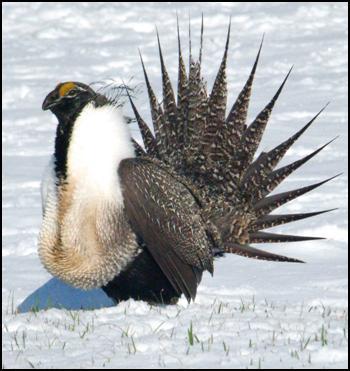
“One of the biggest distractions taking place within these processes is the idea that sage grouse don’t have the same habitat requirements throughout their 11-state range. This argument lends itself nicely to a quiet whittling away of habitat through habitat mapping exercises. It has long been known that sage grouse are a “landscape” bird that requires large areas of intact sagebrush habitat with connectivity to other blocks of habitat, a healthy grass and forb understory for nesting cover, healthy riparian and meadow areas for brood rearing, and sufficient winter habitat. They require a variety of habitats to fulfill their seasonal needs as well. These habitats are vulnerable to many types of threats but, as George Wuerthner so eloquently reminded us, these threats have proximate and ultimate causes. The proximate threats apply differently across the range of sage grouse but the ultimate cause of many of these threats is the same across most of their range.
“Outside of the areas that are being rapidly developed in the natural gas boom occurring in the West, of which little is occurring in Idaho, habitat conversion from land cultivation, fire, and invasive species are considered the primary threats to sage grouse habitat by the USFWS. Even though these threats are considered primary threats by the USFWS, they are actually primarily a result, or proximate result, of the most widespread activity across the vast majority of greater sage grouse range…… livestock production is the ultimate cause of these threats.
“A great amount of evidence is building that shows that livestock grazing impacts three of the most important components of the sagebrush steppe ecosystem which maintain their resilience to disturbance. The biggest, and most widespread impact to these ecosystems is the reduction of grass and forb nesting and brood rearing cover which makes sage grouse nests and chicks much more vulnerable to predation by avian predators such as ravens. Livestock grazing also adversely impacts the important soil crusts that protect a landscape from invasive annual grasses that carry large, fast moving wildfires and increase their frequency. These livestock impacts result in the widespread removal of sagebrush, the most important component of sage grouse habitat.
“To address these impacts Dr. Clait Braun developed “A Blueprint for Sage-grouse Conservation and Recovery” which outlines certain guidelines for livestock grazing and other impacts. Specifically, to ensure that sage grouse have adequate breeding, nesting, brood rearing, and winter habitat, Dr. Braun suggests that grazing should be greatly limited in sage grouse habitat during the period from March 1st to June 20 and August 1st to November 15 each year. These time periods are crucial for sage grouse because it is when they are most vulnerable to disturbance and predation. It is also when the grasses and forbs that helps sage grouse avoid predation and provide crucial nutrition is most impacted by grazing. He outlines many other guidelines for impacts as well, but these are some of the most important relating to livestock grazing.
“The habitat requirements are pretty much universal for sage grouse populations but does the BLM and US Forest Service address the impacts of grazing in the various plan revisions taking place across the West? The short answer is no. And worse is the fact that all of these plans provided less and less protection for sage grouse habitat by reducing the areas that receive the most protection. Essentially, the mapping distinguishing the importance of sage grouse habitat has changed over the years and keeps fragmenting the habitat more and more. It has been a game by the various agencies to concoct new designations for describing the importance of habitat and local groups even chip away at these designations by further eliminating areas from protection based on powerful interests who want some sort of development or “treatment” etc. There is no consistency from plan to plan as to how habitats are described. This is exactly the wrong approach for saving sage grouse.
“As I mentioned before, sage grouse need large blocks of habitat with connectivity between them. Instead of giving isolated populations higher levels of protection, most of the newer habitat mapping efforts either completely write off these populations or reduce the amount of land that receives habitat protections. This increases the likelihood that they will become more isolated and be extirpated from these areas.
“Using Idaho mapping as an example, let’s look at how this is occurring.
“The first real plan developed for sage grouse in Idaho was published in 2006. Using 2004 mapping, the Idaho Department of Fish and Game designated sage grouse habitat based on the classifications of “Key” and “Potential Restoration” areas. At the time this was some of the better mapping for sage grouse around the west because it was more habitat based and took into account areas with sagebrush and areas that had recently had sagebrush but it still had some problems.
“Over the next few years the mapping has undergone gradual change as things became more clear, but it still had some problems and the idea that there was restoration potential for perennial grasslands and annual grasslands remained. But as time has gone by, especially after it became more clear that sage grouse might gain protection under the Endangered Species Act, the mapping by several agencies has become less and less protective and written off the West Central and East Idaho Uplands entirely. Below is the sequence of mapping from 2004 to 2013 showing every conceivable degradation.

Idaho Department of Fish and Game 2004 sage grouse habitat mapping.
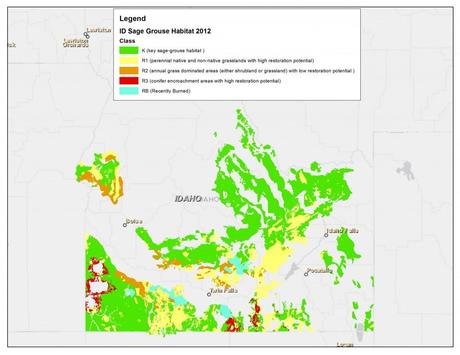
Idaho Department of Fish and Game 2012 Habitat Mapping
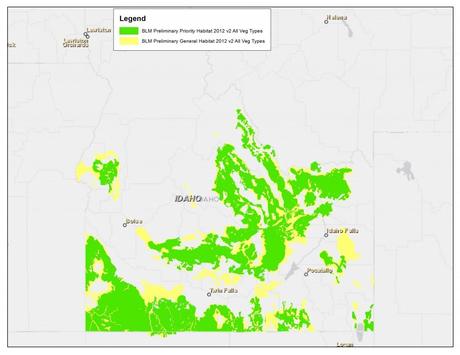
BLM Preliminary Priority and General Habitat Mapping
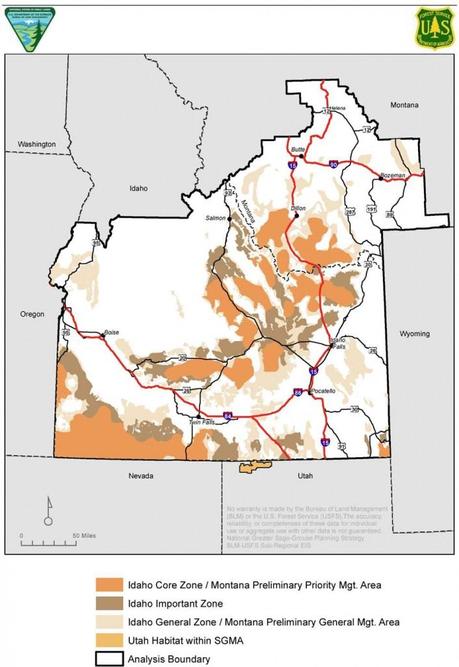
2013 DEIS Alternative E: Idaho Core, Important, and General Habitat Zones, Montana Preliminary Priority and General Management Areas, and Utah SGMA

2013 DEIS Alternative F: Preliminary Priority, General, and Restoration Management Areas
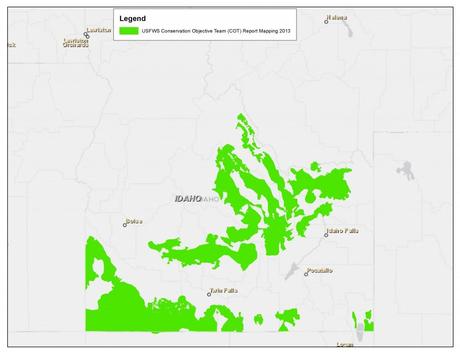
USFWS Conservation Objective Team (COT) Report Mapping 2013
Read the original in The Wildlife News.
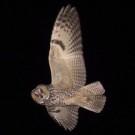
About The Author
Ken Cole
Ken Cole, Western Watershed Project’s National Environmental Policy Act (NEPA) Coordinator, is a 5th generation Idahoan, an avid fly fisherman, wildlife enthusiast, and photographer. He is also serves as a member of the board of directors for Buffalo Field Campaign. He can be reached via email at: [email protected]
Visit Authors Website →
